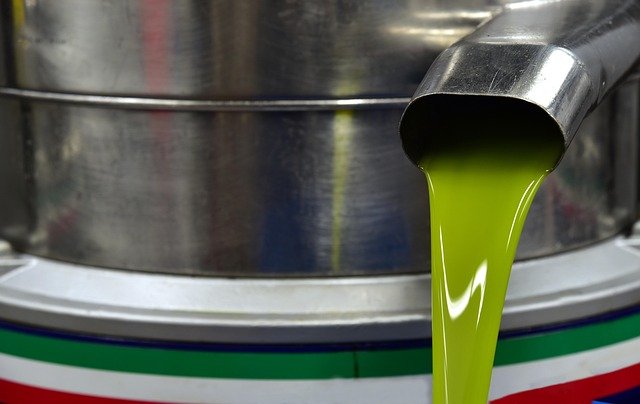Olive Oil: Production, Uses, and Harvesting Basics
Olive oil is a staple ingredient in many cuisines and a product of a long agricultural tradition. From the olive tree to the bottle, the journey involves selection of varieties, careful harvesting, and mechanical or traditional processing. This article explains how olives are grown and harvested, how olive oil is produced, and practical information on use, nutrition, and storage.

Olive tree varieties and growth
Olive trees (Olea europaea) are evergreen trees adapted to Mediterranean climates but are grown in many regions worldwide. Varieties differ by fruit size, oil yield, flavor profile, and climate tolerance. Some cultivars are favored for table olives, while others are grown primarily for pressing. Young trees require several years to become productive; proper pruning, irrigation during drought, and soil management influence both yield and the quality of the fruit used to make olive oil.
How olives are processed into olive oil
Once harvested, olives move quickly to mills to prevent fermentation and off-flavors. Processing typically involves washing, crushing (stone or mechanical mills), malaxation (slowly churning the paste), and separation of oil from water and solids using centrifugation or pressing. Extra virgin olive oil is defined by chemical and sensory criteria and is produced without heat or solvents. Refining and blending produce other grades used for cooking. Temperature control and time between harvest and milling are key to preserving desirable flavors and compounds.
Harvesting olives: timing and methods
Harvesting olives can be manual or mechanical and is timed to balance yield and oil characteristics. Early-harvest fruit tends to produce greener, more bitter and pungent oil with higher polyphenol content, while later harvests yield milder, higher-yielding oils. Common methods include hand-picking, combing branches into nets, and mechanical shaker harvesters. Harvesting practices affect bruising and oxidation; minimizing damage and processing quickly helps maintain quality. In commercial orchards, harvesting schedules are planned to align with processing capacity.
Uses and nutritional aspects of olive oil
Olive oil is used for cooking, dressings, and finishing dishes, and different grades suit different uses—extra virgin for raw or low-heat applications, refined oils for higher-temperature cooking. Nutritionally, olive oil is rich in monounsaturated fats and contains antioxidants such as polyphenols. These components influence flavor and oxidative stability. This article is for informational purposes only and should not be considered medical advice. Please consult a qualified healthcare professional for personalized guidance and treatment.
Buying and storing olive oil
When selecting olive oil, check harvest or best-by dates when available and choose dark bottles or tins to limit light exposure. Labels indicating extra virgin reflect a specific production standard rather than mere marketing. Store oil in a cool, dark place and use within months of opening for best flavor. Avoid storing near heat sources or in transparent containers exposed to sunlight. For those comparing local services or producers in your area, look for transparent sourcing and milling information rather than relying solely on price or packaging.
Olive oil production links agriculture, culinary practice, and sensory appreciation. Understanding the roles of olive tree variety, harvesting methods, and processing choices can help consumers and producers prioritize freshness and intended use. Proper storage and quick processing after harvesting support both flavor and stability, while selecting oils with clear information about origin and processing helps ensure predictable culinary results.




